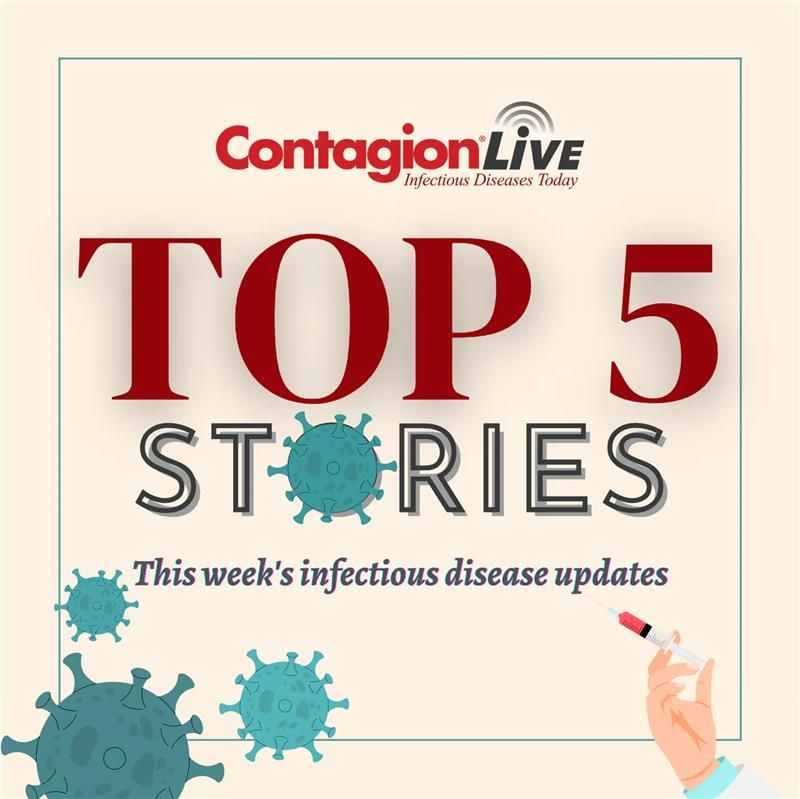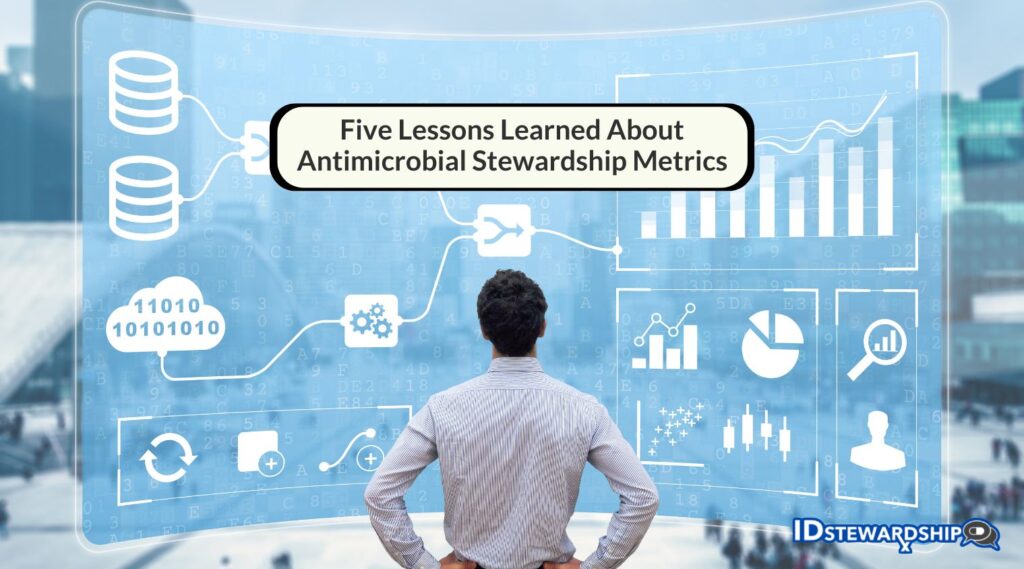Back at the end of September, the United Nations General Assembly conducted a high-level meeting to discuss AMR, which is one of the pressing, “silent epidemics,” that is expected to grow in incidence rates and mortality over the next quarter century.
The future predictions for AMR’s severity regarding mortality look bleak. Just a few weeks ago, a new study published in The Lancet looked at mortality associated with AMR from the present day up to 2050 and the number of deaths in the next 25 years. This modeling study predicted that more than 39 million people could die from AMR globally in that time period.1 The study’s investigators estimated more than 1 million people died each year as a result of AMR between 1990 and 2021. The study also estimates 1.91 million people could potentially die as a direct result of AMR in 2050, an increase of almost 70% per year compared to 2022.1
There are several factors behind the rise in AMR including limited antimicrobial (both antibiotics and antifungals) supplies in low and middle income countries, a less-than desirable antimicrobial development market and no singular initiative or group leading the charge. There are separate, individual initiatives, and that is why the recent UN meeting was designed to bring countries together and a variety of interested stakeholders including industry, government and public health officials, and others to the table to address the global issue.
“We take the approach that none of us can solve this problem alone. So we recognize that there are transformational changes that need to take place, and that if we are going to be a part of that shift, we need to work together with government, with academia, healthcare providers, NGOs [nongovernment organizations], patient groups, and other industry players to really bring about the solutions that are needed, such as access to care, strengthening lab solutions and, of course, good surveillance,” stated Lori Russell, senior vice president for Public and Government Affairs and Compliance, bioMérieux.
Russell was at the UN, and her role within her diagnostics company is to lead initiatives to promote the value of diagnostics and work with stakeholders, including policy makers and industry leaders, with really a focus on advancing public health through diagnostics.
Within this realm, one AMR reduction strategy that is emerging is the concept of diagnostic stewardship, and the desire to get patients on the right antimicrobials sooner while battling their infections.
“I had the privilege of attending the UN high level meeting where we were able to provide an intervention highlighting the critical role of diagnostics in addressing the AMR crisis and the need for national action plans to include diagnostics as a pillar of their stewardship strategies,” Russell said.
The issue of diagnosing patients and getting them on the right antibiotic sooner is crucial especially in those patients with severe infections. Often, it can take days before an official diagnosis is made, and during this interim period, patients can often be prescribed broad-spectrum antibiotics that have limited, to no efficacy against an undiagnosed pathogen. The development of more sophisticated assays such as rapid diagnostics and PCR testing are looking to decrease the time-to-treat patients’ infections more succinctly.
Another important component to reducing AMR is data collection both at the country-wide level but also in the local communities to understand what types of antimicrobial-resistant infections are being seen in locally. This last part can help inform clinicians and public health officials to be aware of certain pathogens and treat accordingly. Russell says agriculture and animal health remain key strategies in surveillance and data collection.
“There is the need for the epidemiological data that is relevant at the country and even community levels in different countries. And there are many, I would say, pilot programs happening around the world, supported by industry, supported by local governments, and supported by nonprofit organizations. There’s also a lot of talk, though, that it can’t just be about human health,” Russell said. “We need to also bring in surveillance for animal health and monitoring our wastewater and agricultural systems to ensure that we are really looking at it holistically.”
Another area of focus has been antimicrobial development. This has been a lagging issue, as many of the biggest pharmaceutical companies in the world have left this space due to ongoing, development challenges that include financial incentives.
One bill in the US Congress looking to address this financial aspect, is the Pasteur Act. This prospective bill authorizes the Department of Health and Human Services (HHS) to enter into subscription contracts for critical-need antimicrobial drugs, provides $6 billion in appropriations for activities under the bill, and contains other related provisions.2
“Not only will the Pasteur Act provide the incentives that are needed to ensure that antibiotics are developed, but it also includes provisions to ensure that they’re used appropriately,” Russell said. “So it’s about stewardship as well, and as we work to improve antibiotic research and development and strengthen access to these critical medicines, it has to be hand in hand with a focus on the stewardship of these scarce resources, and the Pasteur Act really helps to highlight that.”








